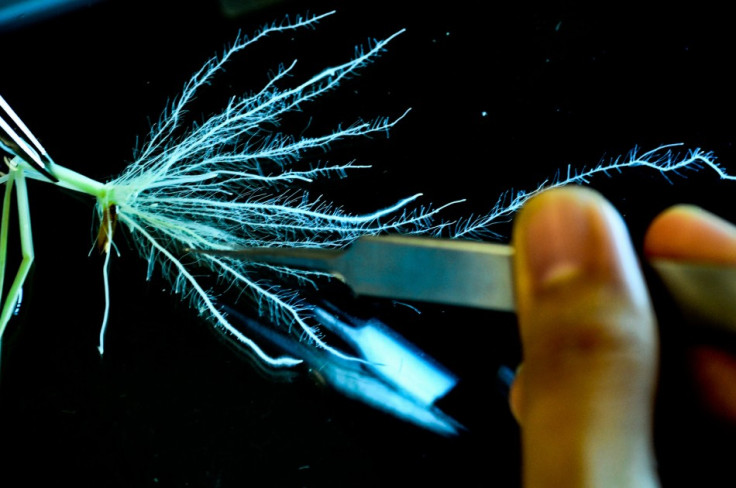Gene That Can Boost Rice Output Discovered by Scientists

In a discovery that could help boost food output across the globe, scientists have discovered a new gene that enables rice plants to produce more grain.
An international team of scientists has found the gene, Phosphorus Starvation Tolerance (PSTOL1), which helps rice plants produce around 20 percent more grain by increasing the uptake of phosphorus, a key plant nutrient. The gene helps rice grow a longer and better root system enabling it to gain access to more phosphorus.
"For many years we have searched for genes that improve phosphorus uptake," said Dr Sigrid Heuer, senior scientist at the International Rice Research Institute (IRRI).
Usually, farmers apply phosphorus fertilisers to increase productivity but on problem soils phosphorus often gets locked in the soil making it unavailable to plants. Now scientists have found the gene that helps grow rice plants even in low phosphorus soil. A study conducted on rice plants in Indonesia and the Philippines found that the PSTOL1 gene helps produce more grain even in soil that has low phosphorus.
During the experiment, scientists bred the rice with the PSTOL gene. The plants are not genetically modified but just bred using smart modern breeding techniques. Then they planted the rice in soil that is very low in phosphorus.
The study found that the rice bred with PSTOL gene produced about 20 percent more grain than rice without the gene.
The PSTOL1 gene is also being tested in rice varieties for more productive irrigated rice-growing areas and initial results show that the plants grow a better root system and yield higher production too. This means it could help farmers in these areas reduce their fertiliser use and expenditure without compromising productivity, according to a Eurekalert report.
Globally, more than 43.3 million tons of rice is produced. Despite this, an estimated five million children die due to starvation across the globe. The present discovery is expected to increase rice output significantly and fight hunger.
Previously, Kasalath, a type of rice found in India, could be grown in low phosphorus soil. "We've known for a long time that the traditional rice variety Kasalath from India has a set of genes that helps rice grow well in soils low in phosphorus," Heuer said.
Kasalath's superior performance under phosphorus deficiency was initially discovered by Dr Matthias Wissuwa from the Japan International Research Center for Agricultural Sciences.
"The knowledge of the exact gene will be critical for future breeding programmes suited to eastern and north-eastern parts of India where rice productivity is less than 40 percent of the national average due to acidic soil and poor availability of phosphorus," said Dr Wricha Tyagi at the School of Crop Improvement at the Central Agricultural University in Meghalaya, India.
© Copyright IBTimes 2025. All rights reserved.





















